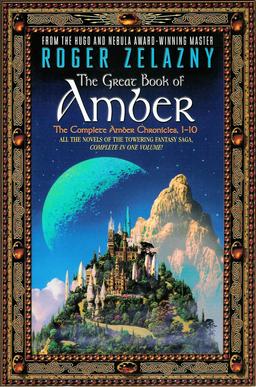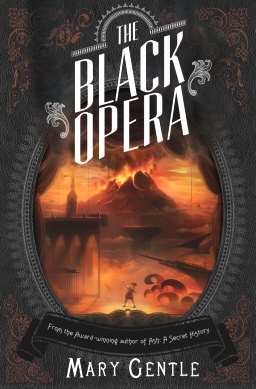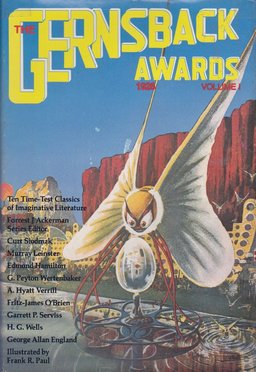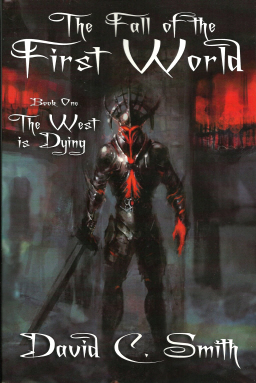Roger Zelazny, August Derleth and Appendix N: Advanced Readings in D&D
 I’ve been spending a lot of time with Gary Gygax’s Dungeon Masters Guide recently, as I guide my young players through a wilderness campaign using Outdoor Survival. The DMG is a treasure trove of handy tables, excellent advice, and fascinating tangents — atrociously organized, of course, but that’s part of its charm. Like the most useful book in all fantasy, the Junior Woodchucks Guidebook (seriously — I’d kill for a copy of that book), you can flip pages at random and never know what indispensable tidbit you’ll find.
I’ve been spending a lot of time with Gary Gygax’s Dungeon Masters Guide recently, as I guide my young players through a wilderness campaign using Outdoor Survival. The DMG is a treasure trove of handy tables, excellent advice, and fascinating tangents — atrociously organized, of course, but that’s part of its charm. Like the most useful book in all fantasy, the Junior Woodchucks Guidebook (seriously — I’d kill for a copy of that book), you can flip pages at random and never know what indispensable tidbit you’ll find.
Appendix N, which lists the great fantasy writers whose collective contributions laid the groundwork for Dungeons and Dragons, is just one of those finds; but it’s one which has received a great deal of attention. Mordicai Knode and Tim Callahan at Tor.com are sampling the work of every author in Appendix N; so far they’ve covered Robert E. Howard, Poul Anderson, Sterling E. Lanier, Fritz Leiber, Edgar Rice Burroughs, and Jack Vance.
Last week, Tim turned his attention to Roger Zelazny and The Chronicles of Amber. He wasn’t impressed:
I merely sampled the first book in the series, Nine Princes in Amber, originally published in 1970, and that was more than enough… if the first book in Roger Zelazny’s Amber series is considered any kind of classic, then it must be because the novel is graded on a curve. A curve called “pretty good for an opening novel in a series that gets a whole lot better,” or maybe a curve called, “better than a lot of other, trashier fantasy novels released in 1970, when there was nothing on television but episodes of Marcus Welby and the Flip Wilson Show…”
It’s not that I found Nine Princes in Amber uninteresting; it’s just that I found the novel shockingly discordant and unsatisfying to actually read all the way through. It’s a novel that slams together jokey Hamlet references in the narration with pop psychoanalysis and superhuman beings and shadow realms and dungeons and swords and pistols and Mercedes-Benzes.
Actually, that last sentence is almost exactly how I remember Nine Princes in Amber. Shadow realms and dungeons and swords and pistols and Mercedes-Benzes. Yeah, that pretty much covers it.







